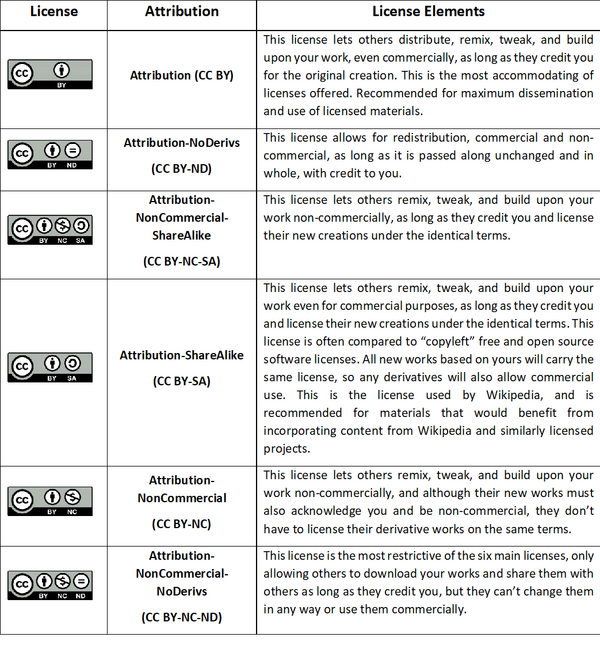Copyright and academic publishing always go together. It is important to keep in mind at least three topics:
- Which rights you give away to a publisher;
- Which rights you retain to your work;
- Which rights the public has to your work.
The first two points are specified in a publishing agreement and the third is defined by the type of user license that attached to the work.
PUBLISHING AGREEMENTS
To be able to publish your work, a publisher needs your permission. This is facilitated via a written agreement between the publisher and the author. There are three types of such agreements that define which rights will be granted to a publisher and what will be retained by the author:
COPYRIGHT TRANSFER AGREEMENT
Copyright Transfer Agreement (CTA) is a common type of agreement between the publisher and the author for academic articles that are published behind a paywall (in a traditional subscription way). In a CTA, you assign copyright to a publisher by transferring most of your rights. In most cases, the publisher will grant some rights back that you can exercise without permission: e.g., the right to copy and distribute the work among your colleagues, use it in teaching, placing the manuscript on your personal website or Open Access repository, etc. After copyright is transferred to a publisher, the author needs to seek permission from a publisher to be able to reuse and distribute published work for all other purposes, including commercial. This type of agreement is permanent unless specified otherwise.
EXCLUSIVE AND NON-EXCLUSIVE LICENSE TO PUBLISH
Another form of an agreement between author and a publisher is a License to Publish. By granting License to Publish, the author retains copyright and assigns specific rights to a publisher while being in charge of the rights that remained with the author. There are two types of License to Publish: exclusive and non-exclusive. In most cases, granting an exclusive license to a publisher will mean the same as a transfer of copyright: with both CTA and exclusive License to Publish, a publisher owns your rights exclusively and you won’t be able to exercise them yourself. With a non-exclusive license, the author grants only limited rights that allow the work to be published and distributed by a publisher.
Open Access publication licenses
When you publish Open Access, you will be asked to select a user license – one of the combinations of Creative Commons licenses. User license determines what others are legally allowed do with the published work without asking permission from a copyright holder – the author or the publisher.
Creative Commons (CC) licenses offer six different combinations varying from the most free to the most restrictive license. If you want to make an informed decision when choosing a Creative Commons license for your work, we recommend you to consult the Guide to Creative Commons developed by NWO, VSNU and UKB.
Types of CC licenses
